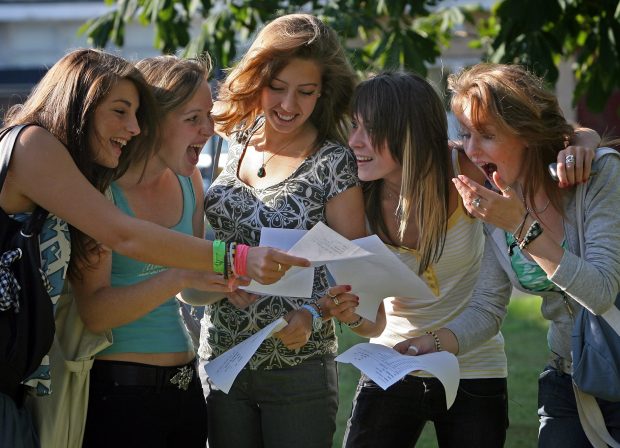Congratulations to all those free schools who got their GCSE results this morning. We don’t yet have the full picture, but early reports are good.
Top marks to Tauheedul Islam Boys’ High School in Blackburn, a free school that opened in 2012. Ninety-five per cent of its pupils achieved five A* to C grades in their GCSEs, including English and maths, a metric known as ‘5A*–CEM’. To put this in context, last year’s 5A*–CEM national average was 56.1 per cent.
Another school that has done well is Dixons Kings Academy in Bradford. It was one of the first 24 free schools to open in 2011 – it was originally called King Science Academy – and was taken over by the Dixons Academy chain after financial irregularities were brought to light by a whistleblower. Sixty-seven per cent of its pupils achieved 5A*–CEM.
Congratulations also to Bedford Free School, which was co-founded by Mark Lehain and his wife in the teeth of ferocious opposition from the Labour-controlled local authority. After a disappointing set of GCSEs last year – 57 per cent 5A*–CEM – its results have jumped to 66 per cent.
The school I helped set up, the West London Free School, posted its first set of GCSE results this year and they, too, are good. Seventy-six per cent of our pupils got 5A*–CEM, a great credit to them, as well as to Hywel Jones, the headteacher, and the school’s teaching staff.
We did very well at the top end, with 37 per cent of all GCSEs being marked A* or A. That figure should put us in the top 50 non-selective state schools in England, based on last year’s data. Our pupils performed particularly well in Maths, Science, Art, Music and Religious Education. In Music and Art, for instance, 100 per cent got 5A*–C, as did those pupils who took Biology, Chemistry and Physics as separate subjects. In Maths, 85 per cent got A*–C, while in English Literature it was 78 per cent.
We’ll know more about how England’s other free schools have fared shortly, but the general pattern that’s emerging is of high expectations paying dividends. When the Labour government first rolled out comprehensives in a big way in the mid-1960s, Harold Wilson described them as ‘grammar schools for all’. That’s how we like to describe our school – we aim to teach a grammar school curriculum to a comprehensive intake – and our above average results, as well as those of other free schools, suggests it’s a worthwhile approach. That doesn’t mean I’m opposed to lifting the ban on new grammar schools – I’ve blogged about that here – but it does suggest that alternative approaches to boosting attainment can work, too.
Above all, these results, along with the fantastic A-level results posted by free schools last week, are a vindication of Michael Gove and David Cameron. They kept the faith in the free schools policy in spite of widespread criticism and they were right to do so.







Comments